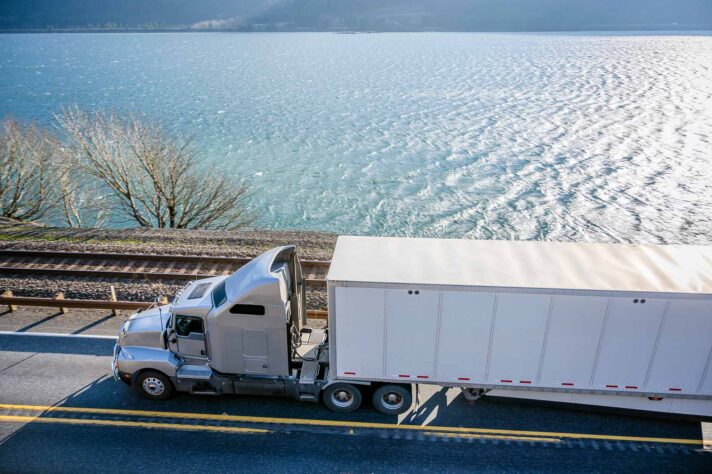We all tend to collect large amounts of paperwork throughout our lives. Some of it is irrelevant, but much isn’t. On the contrary, much of it is vital, especially so when changing homes. With a few simple tips, you may avoid some of the common moving mistakes and keep your important papers where you can easily find them.
How to Organize Important Papers for Your Upcoming Move
One lost document can, in the right (or, rather, wrong) circumstances, wreak havoc on a person’s life. Since relocation is often a chaotic process, important stuff can get misplaced quite easily. Therefore, knowing how to organize important papers might prove crucial for a smooth transition to a new home.


Get Supplies
Just like the first step in relocations is to hammer out a budget and get packing materials for moving, organizing paperwork also begins with obtaining proper supplies. Only, now it’s not boxes and packing supplies, but binders, colored sticky notes, and paper clips. Once you’re well-stocked, you may move on.
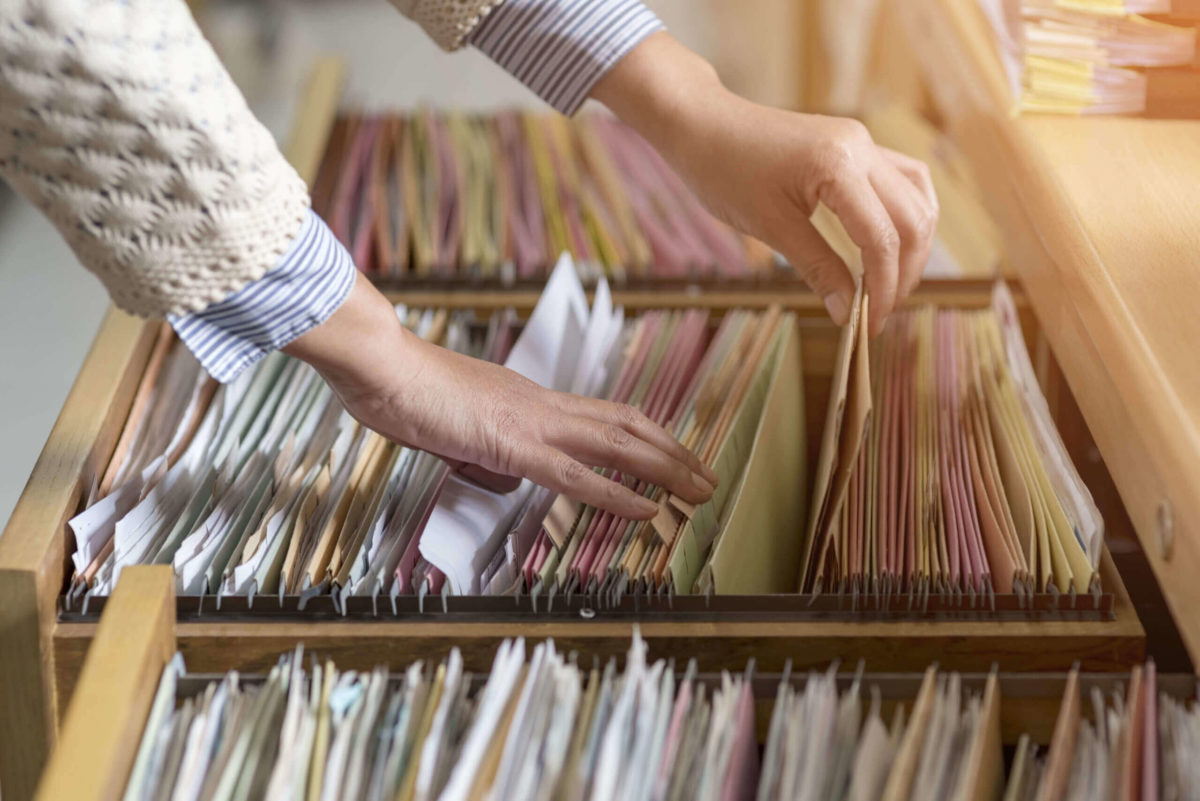

Gather the Documents
Next on the list is a bit of leg work. Go around your home and search every corner. Collect every piece of paper you find, be it an old receipt, warranty, insurance policy, business contract, or child drawing. And that’s the easy part. Only when you have them all in one place, the real work can begin.
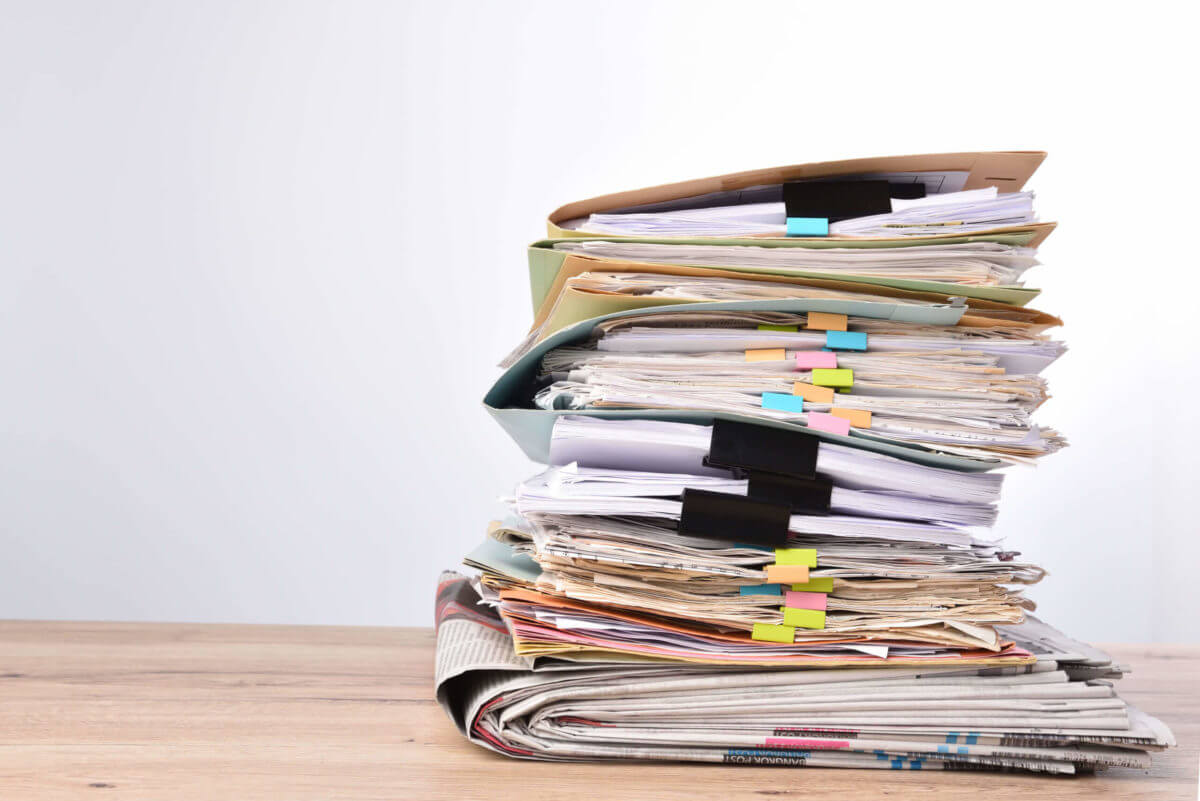

How to Organize Important Papers? Start by Making a File System
With all the paperwork gathered in one place, you should begin with sorting the documents and dividing them into groups. But before you start, make a system for classifying and use it throughout the process. That way, a mess of sheets is much less likely, and you’ll have much fewer dilemmas about where to put this document or that.
We would recommend that the main groups for sorting be personal, household, and financial. We’ll get into details about each of them in a minute. Before that, we should share a few tips that would make the process even easier.
Choose One From the Many Label Style Ideas and Follow It
To keep track of the many groups and subgroups of documents, you should create a labeling system that is easy to sift through if the need arises for any particular document. You may clip together paperwork of the same type. An even better option is to mark groups and subgroups with colored sticky notes. You can also write on them and list forms that fall under it. That way, you’ll be able to spot the pile you want quickly and know the place of each sheet with a glance. Or put them in different colored file folders.
It couldn’t hurt to take photographs during the process, as some sort of photo inventory.
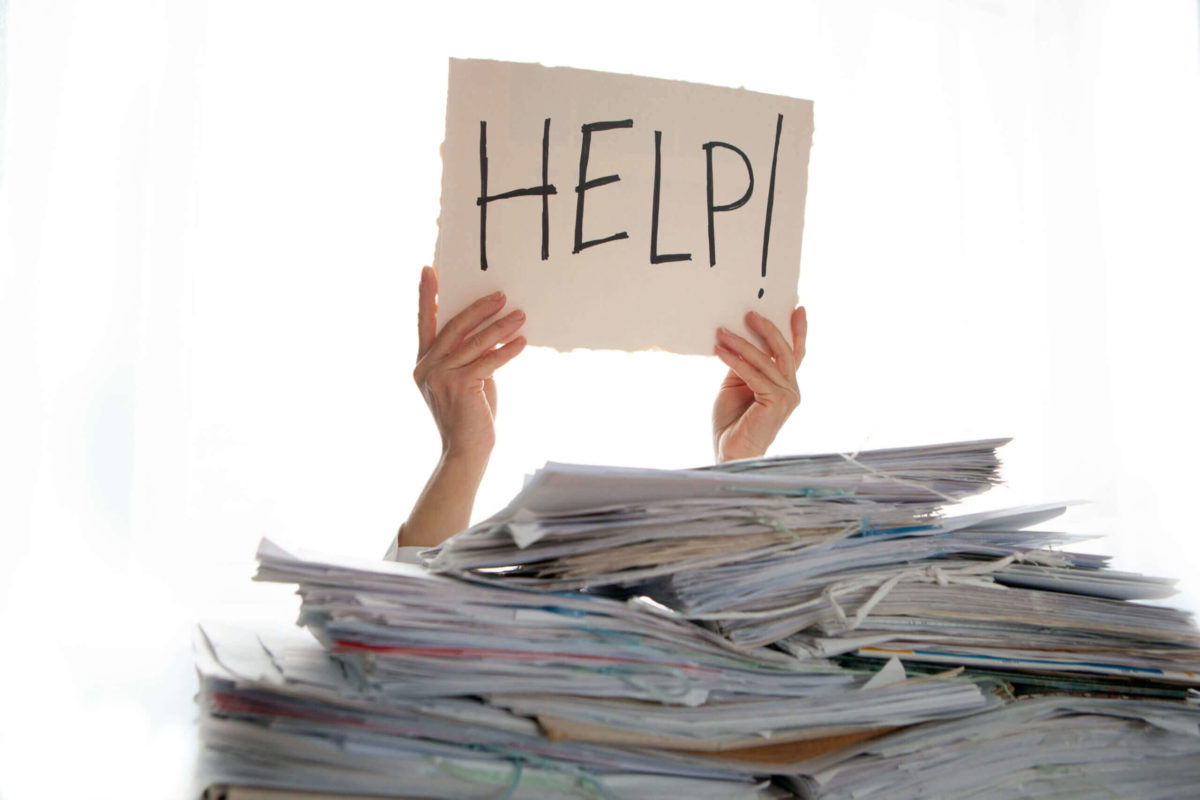

Personal Files
The most important part of the documentation are your personal files. You should have them near you at all times, whether you’re moving to another state alone or with family, whether you’re relocating inside the US or you have to hire international shipping services.
There should be, for starters, birth certificates, Social Security Cards, and passports for all household members. Also, in that group should be a marriage certificate or a divorce certificate if you’re divorced, as well as documentation concerning custody over kids. Then there are wills (if you wrote any), records of eventual military service and baptism. Finally, if you made any written plans for burial and reserved a site, those files merit a place among the personal ones.
Medical and Health Records
Vital subgroups of personal files are those concerning your health and medical history. There are certainly immunization records, as well as a prescription list, doctor’s bills, and receipts. Don’t forget the insurance policies you have, including life insurance.
If you’re moving with pets, their medical history, vet records, and information on vaccines should be there, too.
School Records
Finally, in case you’re moving with kids, group their school records, report cards, diplomas, and awards. A couple of your children’s drawings and essays are in order too.


Household and Financial Files
When it comes to organizing household files, they can and should be divided into several subgroups. The first concerns the real estate itself. There’s a deed if you’re a homeowner, mortgage and tax information, future projects for improvement, and policy in case you insured your home. Utility bills may be on this pile as well.
Next should be manuals and warranties for household appliances. If there are appliances on the list when you donate unwanted items to charity, make sure to keep receipts. They can be a basis for future tax deductions.
The next file may gather documentation on electronic devices, such as receipts and warranties for desktop or laptop computers, bills for Internet and cable, and cellphone contracts.
The fourth subgroup covers documents about your car. Transporting a car across the country is best done by professional auto shipping services. Companies will usually ask for information on maintenance and insurance, as well as proof that you’re the vehicle owner. Documentation on eventual lease and payments should also be in the file.
Bank Account and Credit Card Details
Finances are one of the cornerstones of every household. So, pay particular attention to financial files. Handle them well, and you might even unexpectedly improve your moving budget.
Gather and sort all bank and credit card statements, records on investments and loans, and, of course, records on taxes – returns and deductions above all.
There should also be your paychecks cleared by the IRS, and all receipts that you still keep.


Business Files
Finally, if you’re moving a business to another state, you should get the paperwork concerning your company in order. Titles and contracts first come to mind when one thinks of relocating a business.
Store Them for the Trip
Once every single document and receipt has been sorted, the time comes for packing them up for a trip to a new home. Some items that are suitable for keeping documentation in the house and provide easy search aren’t adequate for relocation. Letter tray organizers are one example of this. Paper drawers are another. Still, there are many options for transporting paperwork.
They May Travel to a New Home in a Box
The good, old-fashioned box is the main staple of every relocation. It is also the perfect place to store your documents. Be it classic cardboard, linen storage boxes, or more advanced snap-n-store file box, just fill it in such a way that labels are easy to see, and you’re all set.
Or Maybe in a Filing Cabinet?
Filing cabinets are usually associated with law firms and different agencies. However, they are not too expensive, so you can use one to keep and transport your documentation. You can share different groups of files among the drawers and add or remove this or that document as the need arises.
Or Some Other Way to Keep Them in Place
There are some means to store paperwork that won’t fit for a moving truck but would be fine in your car. Those would be different sorts of organizers that usually hang on the wall but can well be hung or pinned on the car seat. There is always the traditional option of binders, too.
These days, more and more people choose to put important files in safes in banks or strongboxes in houses. Transportation of a strongbox is, though, often best left to professional moving services.
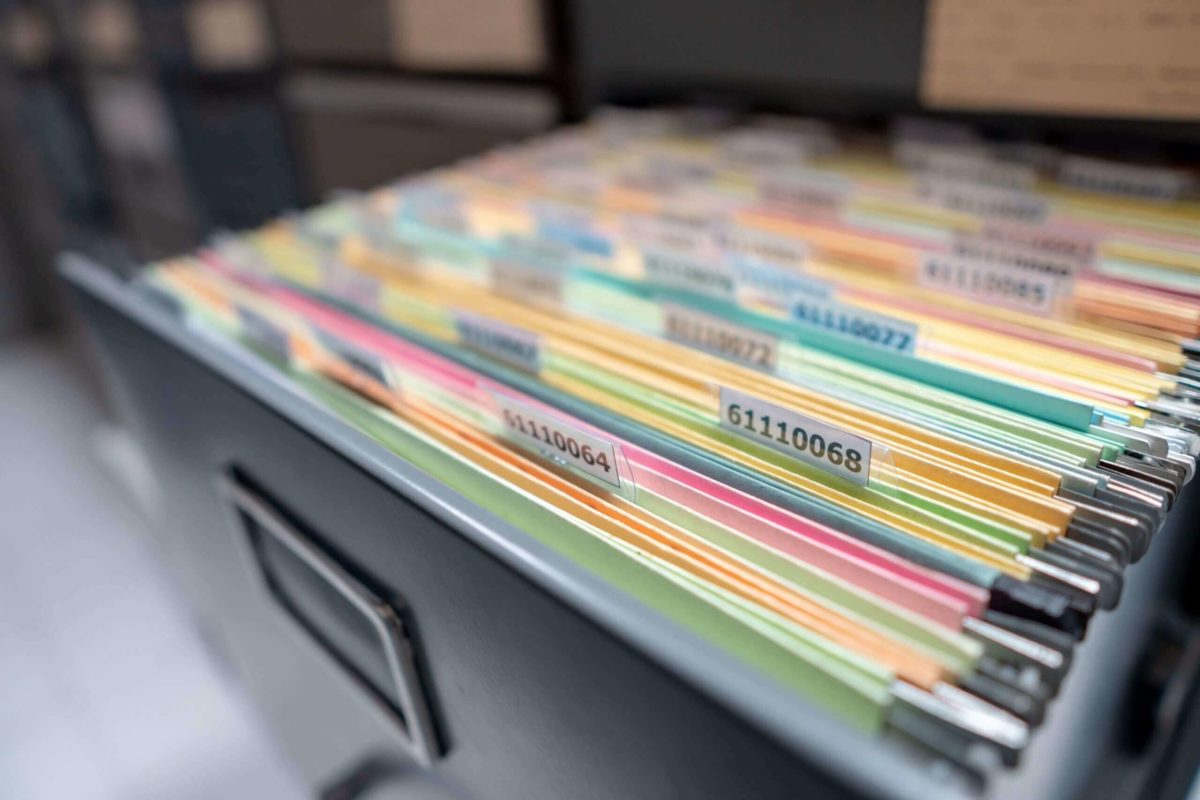

Separate the Essentials and Put Them in Plain View
The general rule of having moving essentials ready for relocation applies to documentation as well. In fact, in the case of unexpected last-minute moving, maybe even triggered by the urgency of evacuation, having it with you can prove crucial in many aspects.
Here are some examples of such records:
- Social Security Cards
- Passports
- Insurances
- Will
- Medical records
- Birth and marriage certificates
- Proofs of ownership for real estate, business, or car
- Bank and credit card information
Though not usually considered as documentation, there should also be a household inventory list, as well as a certain amount of cash.
The recommendation is to keep a family photo, too. We mentioned the possibility of emergencies. In unfortunate circumstances of separation, such images can serve as proof that your kids are indeed yours.
How to Organize Important Papers for the Moving Day
There are many useful moving day tips that can help you navigate through it. When it comes to documentation, keep the essentials close by the whole time. Then don’t put them in the truck, and take them with you instead.
For the rest, close and secure the boxes or the drawers of a filing cabinet, and all will be ready for loading.
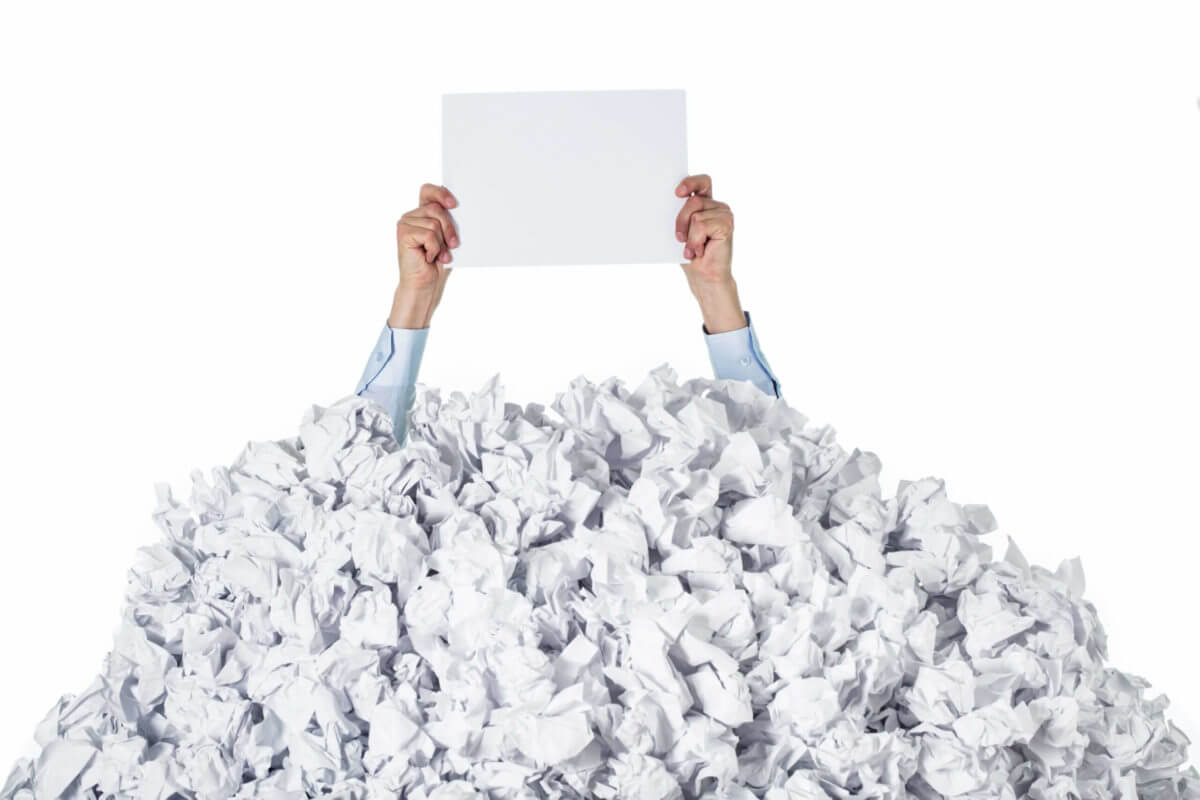

Maybe Try to Go Digital
Of course, you may opt for a more modern approach. Documentation is heavy, so you may go for reducing the load. Sure, keep the essentials there, but the rest can be dealt with differently. Take photos of files, or scan them. Then, once in a new house, you can comfortably unpack after a move and print the ones you need after downloading them from Google Drive or some other online storage space.
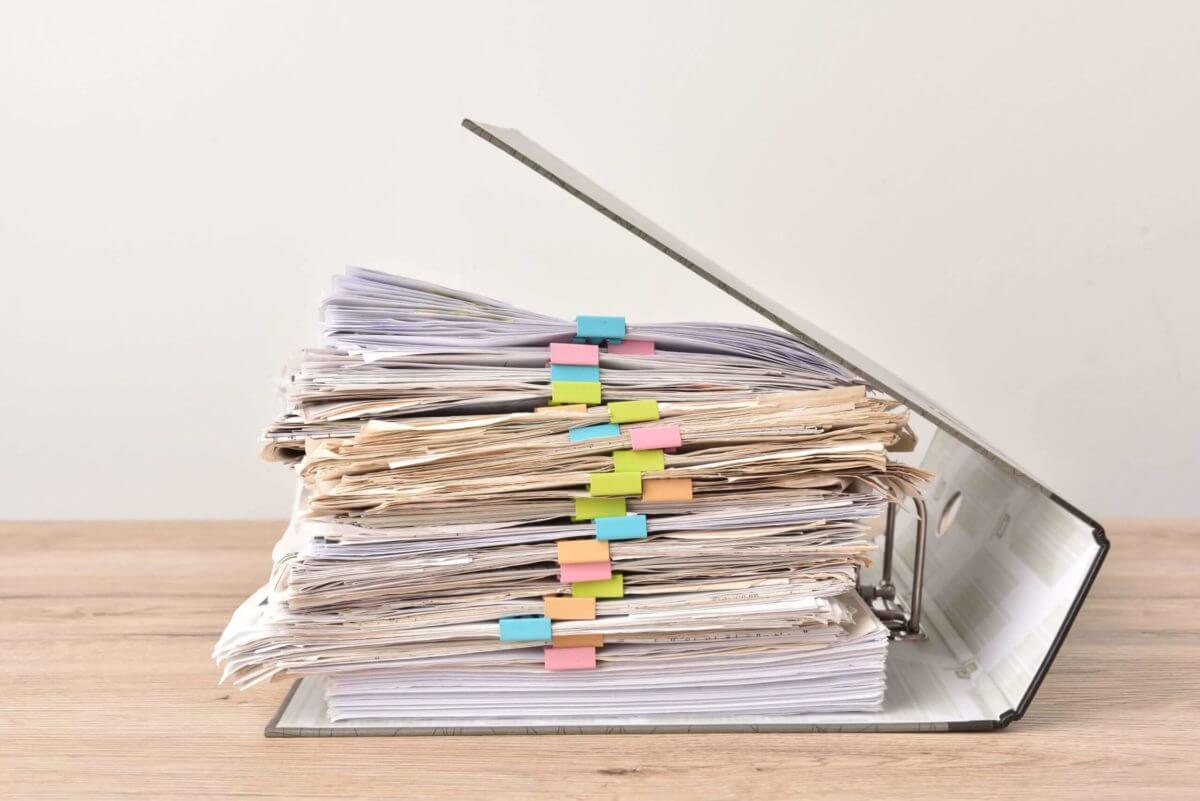

Get Rid Of the Unneeded Ones
As you don’t have to take all your belongings with you, you don’t need all the documentation either. In the initial phase of the organizing, while you sort the files, one pile should be reserved for those that can spend some time in storage.
And one pile should be the destination of files that you have no more use for and can dispose of. There are some general rules about how long you should keep specific documentation. Expired coupons, expired warranties, and paychecks that passed through IRS can go immediately. Utility bills, bank slips, and receipts from purchases can be thrown out after a few months, mortgage statements after a year, and so on.
All in all, when the recommended period has expired, the best option is to shred selected files. That way you’ll minimize, if not outright rule out the possibility of data or identity theft.
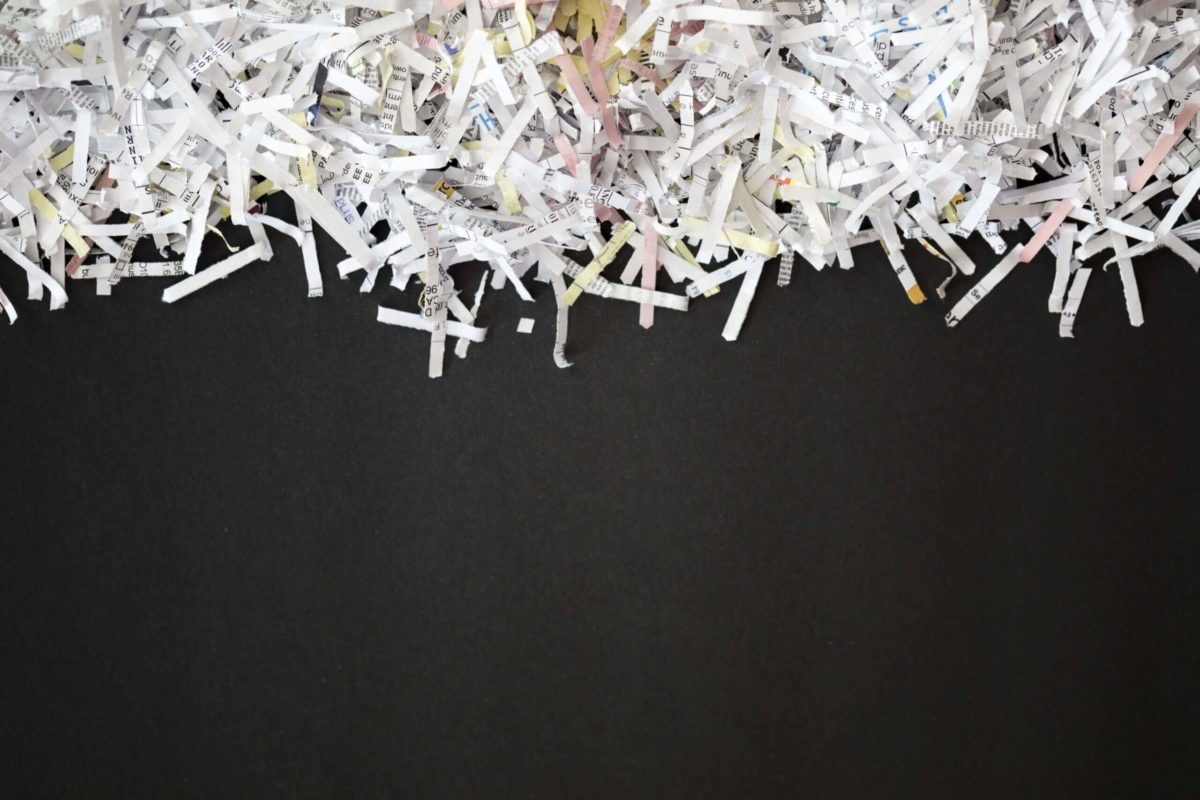

Final Notes to Share
With our tips, you’ll have your documentation in perfect order and ready for relocation at any given time. That, together with other packing tips and tricks, will significantly reduce stress in the process. It’s no small thing to know that all documentation is in place, and nothing will go AWOL at the worst possible moment, as it usually tends to do.
One final word of caution. If you decide to put your files in storage, be sure that conditions in the unit are appropriate for them. Humidity can damage files, if not destroy them completely. It would be best to research what conditions are best for paperwork and rent an adequate unit.



